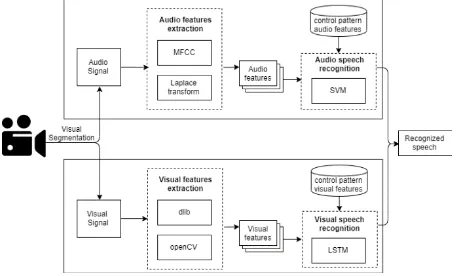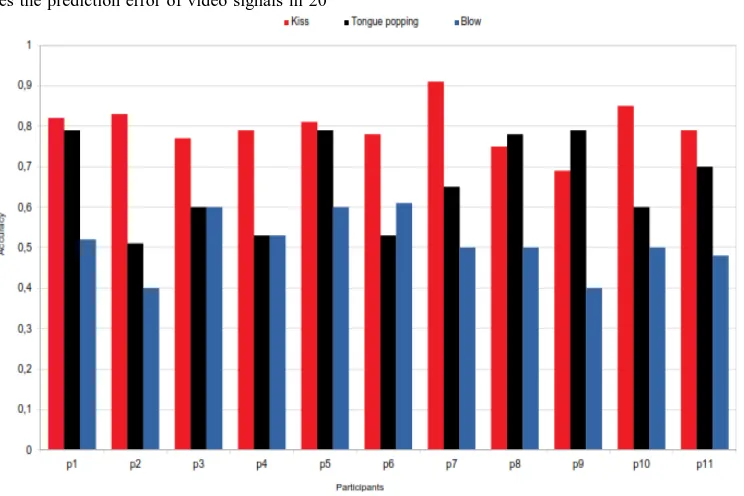An Analysis of Visual Speech Features for Recognition of Non articulatory Sounds using Machine Learning
Full text
Figure




Related documents
Methods: In this study, we successfully synthesized a multifunctional theranostic system, which was developed through FDA-approved self-assembling drugs, which contain anticancer
The distribution of these optimal parameters shows that final values for four of the 16 parameters (θ S2 , α 2 , n 2 , K S3 ) are outside of the M1D distribution ranges,
- Public Building testing focus to help build awareness and action trickle down to homeowner level; need public communication plans to go along with public testing; focus on
Likevel nevnes verken Kirkens Bymisjon eller Frelsesarmeen utover dette, så det blir vanskelig å se akkurat hva det er Rønning vil vise til, og som skiller de fra de offentlige
Combined Number of IPOs Combined Aggregate IPO Offering Amount Issuer's Law Firm Number of IPOs Issuer's Law Firm Aggregate IPO Offering Amount Underwriters' Law Firm
For consistency, the reciprocal fuzzy numbers are removed from the pair wise comparison matrix by using Triangular Fuzzy Numbers (Nang-fei Pan, 2008) corresponding to
Blount and Davidson (1996) researched the wealth effects of voluntary corporate unbundling announcements in South Africa and they found that the share price was negatively impacted
The research and development conducted by the National Earth & Marine Observations (NEMO) Group at Geoscience Australia under the ULA Project has provided a solid scientific